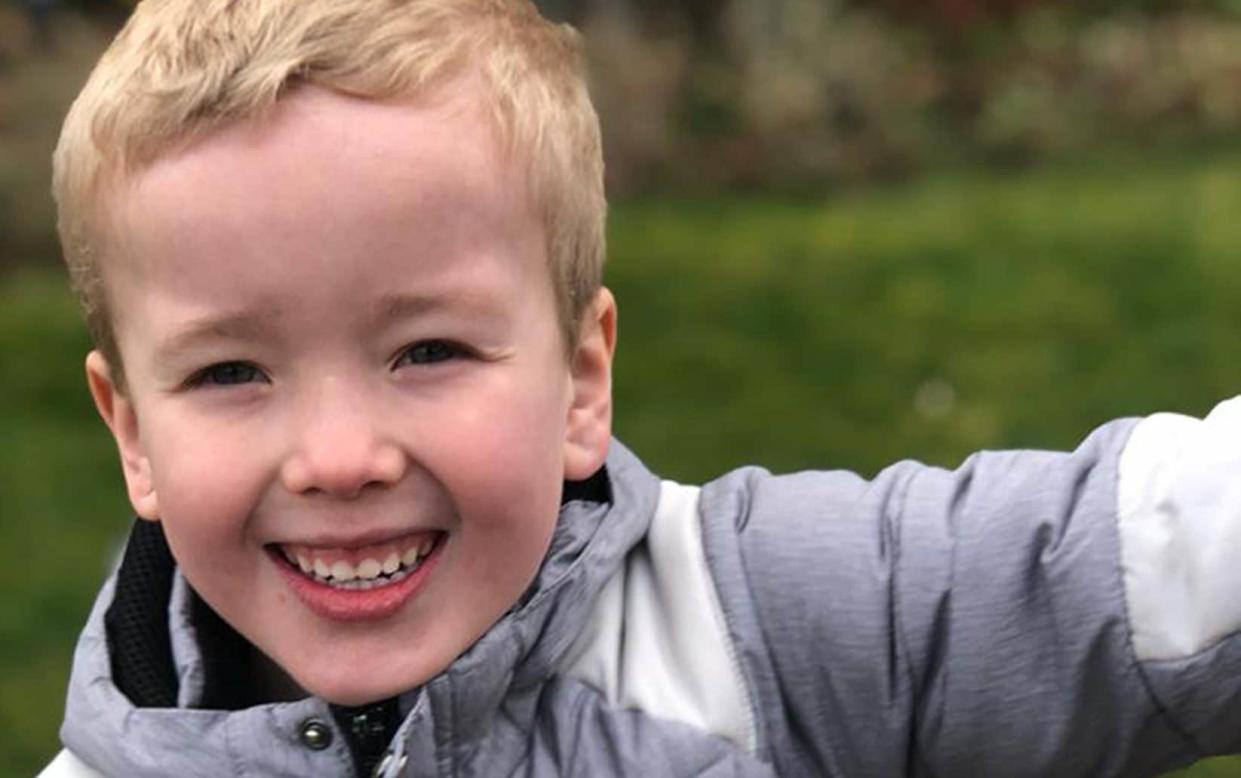‘Vulnerable children slipped from view’: what a social worker saw in lockdown

From the outside, the semi-detached house in Solihull where six-year-old Arthur Labinjo-Hughes lived was like any other in lockdown. The garden was overgrown, bathed in heatwave, and in the window there was a hand-painted rainbow.
But behind closed doors Arthur was subjected to unfathomable torture then murdered on June 17 2020, 84 days into lockdown. During the trial that this week found his step-mother guilty of murder and his father of manslaughter, the prosecutor said Arthur had “a bruise for every day of lockdown”.
When Britain entered lockdown, everyone who worked with vulnerable children – from teachers, to social workers to the family courts – held their breaths. Schools are the biggest safety net for children, and the eyes and ears of teachers, friends and neighbours are the true frontline of child protection.
In July 2020 I spent a day driving around Tipton, near Birmingham, with a child welfare officer based at a secondary school. Kim Maynard is employed by the Q3 Tipton Academy to fill the gaps left by the ever more scarce resources in social services. The streets were eerily empty despite the sunny day and all the children being at home.
When lockdown first happened Maynard and her colleagues phoned every family one by one. As time went on their fears mounted. There were more and more informal reports of the pressures building behind closed doors. She got in her mint green Fiesta and started knocking on doors. In total, she visited 256 homes as spring turned to summer.
What did she find? “It was an unprecedented time. Families were anxious. Some were very hungry,” she said. Then it got worse. “We get notifications every time domestic abuse cases are reported to social services. That’s gone up in lockdown. Initial assessments by social workers have also gone up. It’s not a happy time.”
Across the country reports to the NSPCC’s childline increased by a third during the first lockdown. Subsequently, the number of serious incidents involving the death of a child, or serious harm where there were suspicions, increased by 19 per cent to 536 compared with the previous non-pandemic year. Notifications relating to child deaths increased by 35 to 223.
Maynard says that during lockdown the biggest worry was the children forgotten by the social work system. Those who had social workers were being checked on. It was those who were in neglectful homes that weren’t deemed bad enough to qualify for help, or those whose need for help had changed very suddenly, that she feared for. Arthur would have fallen into that latter category after his step-mother moved in.
The level of abuse or neglect at which social workers will get involved is called the “threshold for intervention”. These thresholds have risen as resources have become more stretched in recent years, meaning more children don’t qualify for help that schools like Tipton Academy know they need. That’s why they employ people like Kim to support families.
In Arthur’s case he was seen by social workers. It’s impossible to understand why they walked away despite seeing pictures of the bruising to his body and knowing what we know now. More will be known with the serious case review.
But in lockdown, the state lost the tools to catch the children who needed it. The safety net broke. As the former children’s commissioner Anne Longfield put it on Friday, vulnerable children simply “slipped from view”.
Polly Curtis exposé on the failings of the child protection system, Behind Closed Doors - Why We Break Up Families - And How to Mend Them, is published February 2022

 Yahoo News
Yahoo News 
